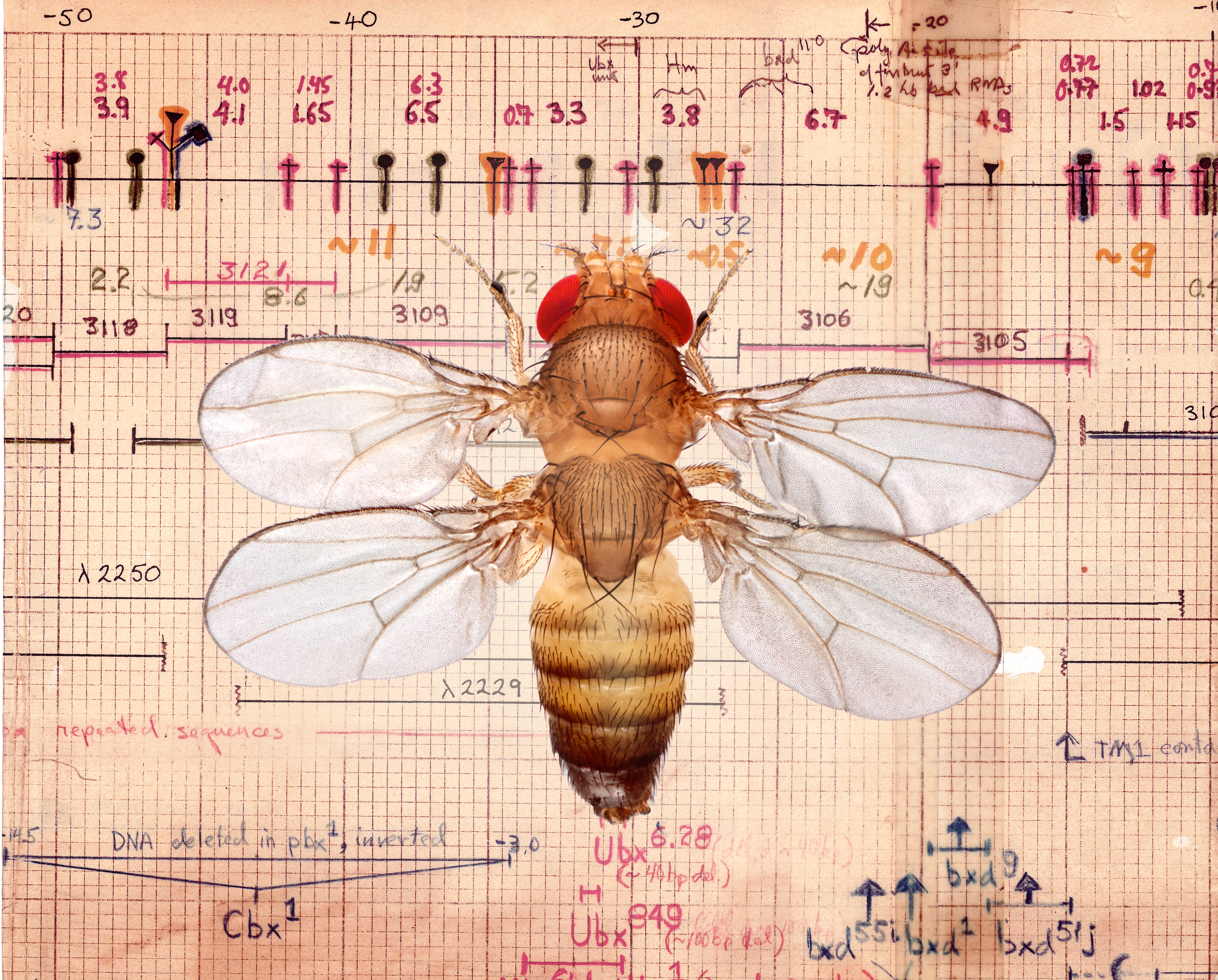
Kingsley and Talbot, "Hogness at 100"
Restifo et al. Ecdysone signaling and early macro-arrays
November 17, 2025.
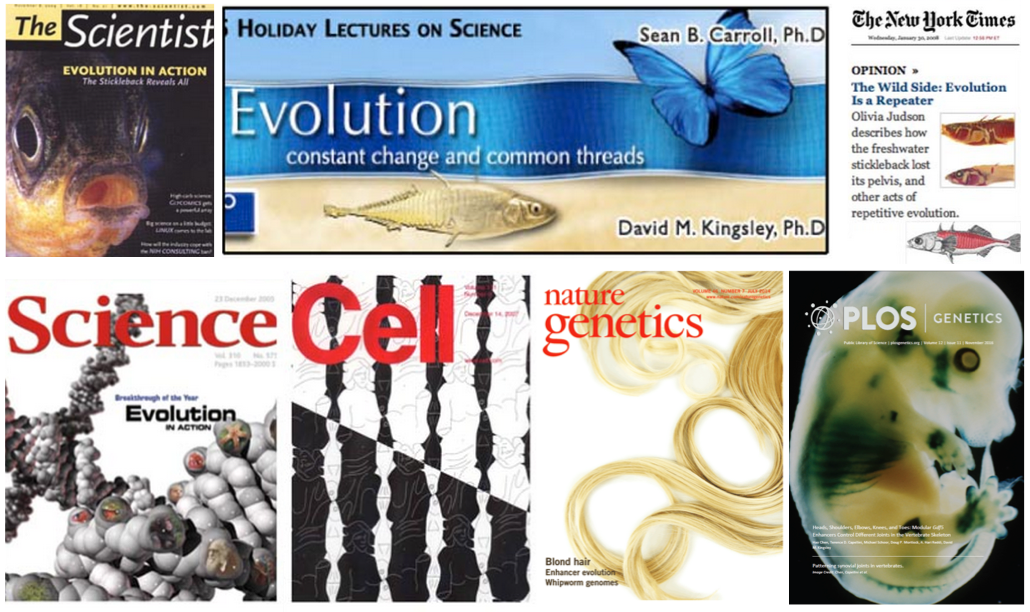 Home Page
Home Page

"Sex chromosome evolution in action in fourspine sticklebacks" Beatriz Vicoso, Trends in Ecology and Evolution (2025).
Lab’s sea robin work highlighted by the U.S. National Ocean and Atmospheric Administration (NOAA) in holiday snowflake crafts project! Print, fold, and cut out here: https://www.fisheries.noaa.gov/feature-story/celebrate-winter-four-new-paper-snowflake-designs
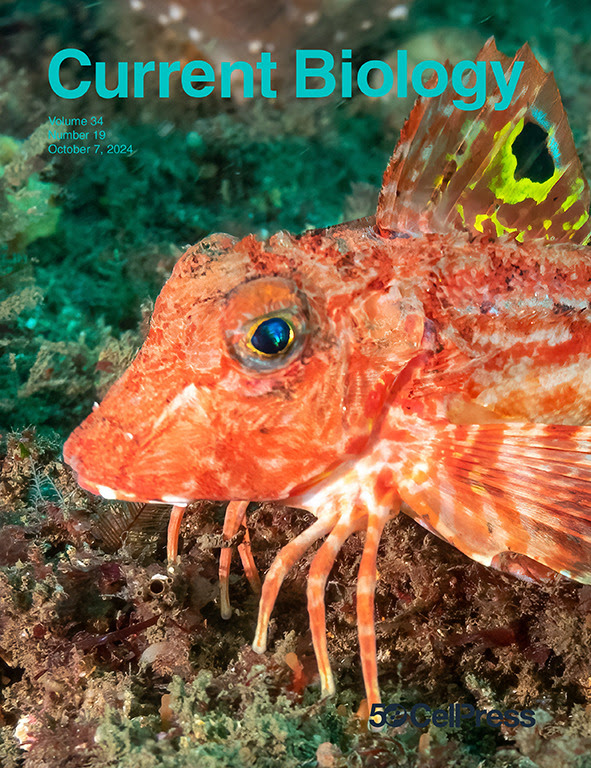
David's project to observe the solar eclipse with an AM radio was published in DX Monitor (Vol61Num33) (2024).
Austin Katzer and Katie Sanko win graduate fellowship and honors in 2024 National Science Foundation competition.
Lab's stickleback research highlighted on cover of MBE
(Oct 2023).
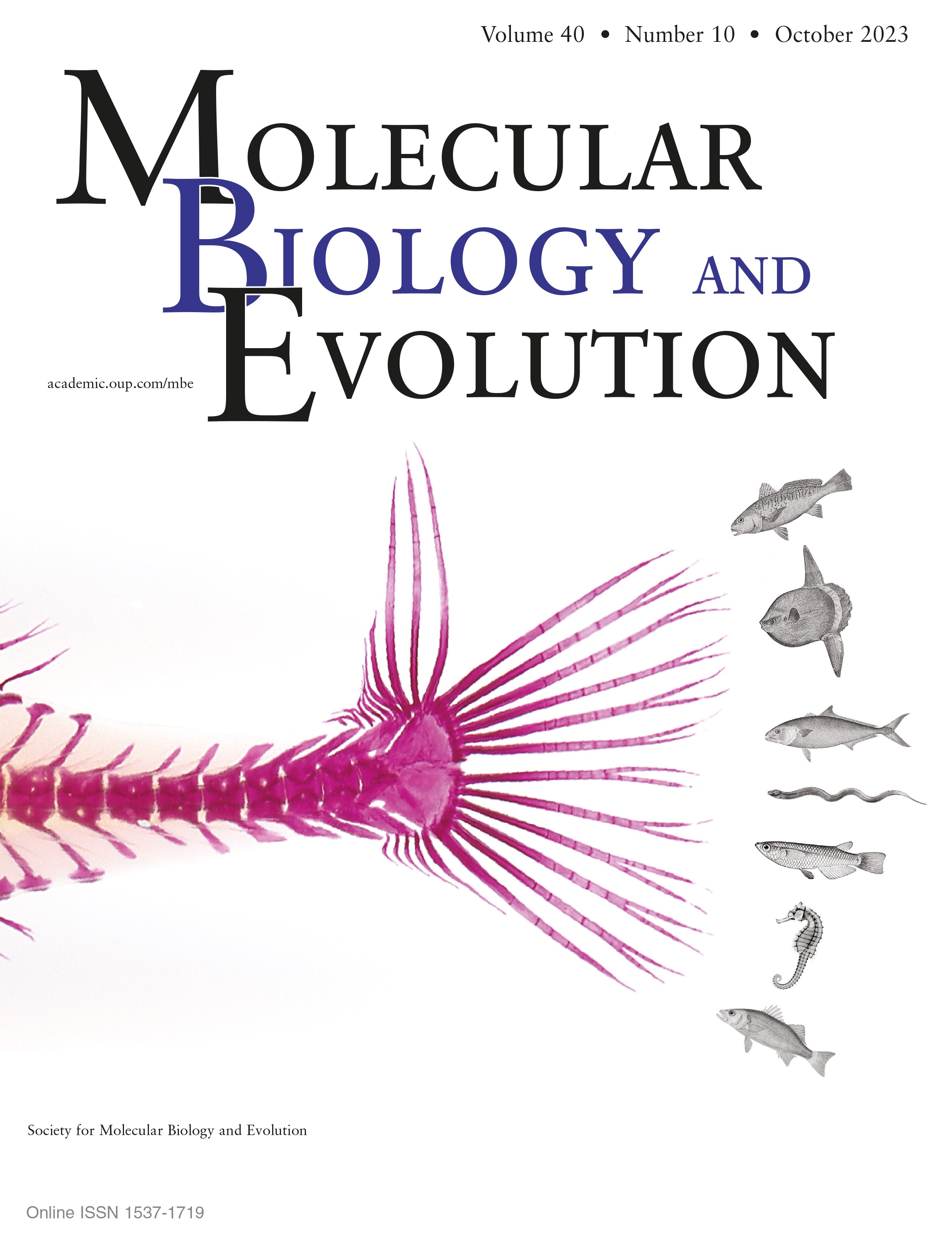
"Former postdoc Katie Peichel elected to National Academy of Sciences!" Molly Galvin, News from the National Academy of Sciences (May 2, 2023).
Sticklebacks help illuminate the rapid evolution of body plans in vertebrates, Mike White, Nature Ecology Evolution (Feb 2024).
"Sticklebacks and Hopeless Monsters" David Kingsley, Nature Ecology and Evolution (Sep 2022).
"Wild fish thrive despite 'hopeless monster' mutations, according to Stanford-led study" Krista Conger, Stanford Medicine News (Sep 2022).
Heidi Chen wins best student talk prize for her genomic and genetic work on fin evolution in fish 10th international Stickleback Conference in Iceland (July 2022).
Lab's stickleback research highlighted on cover of PNAS
(Aug 2021).
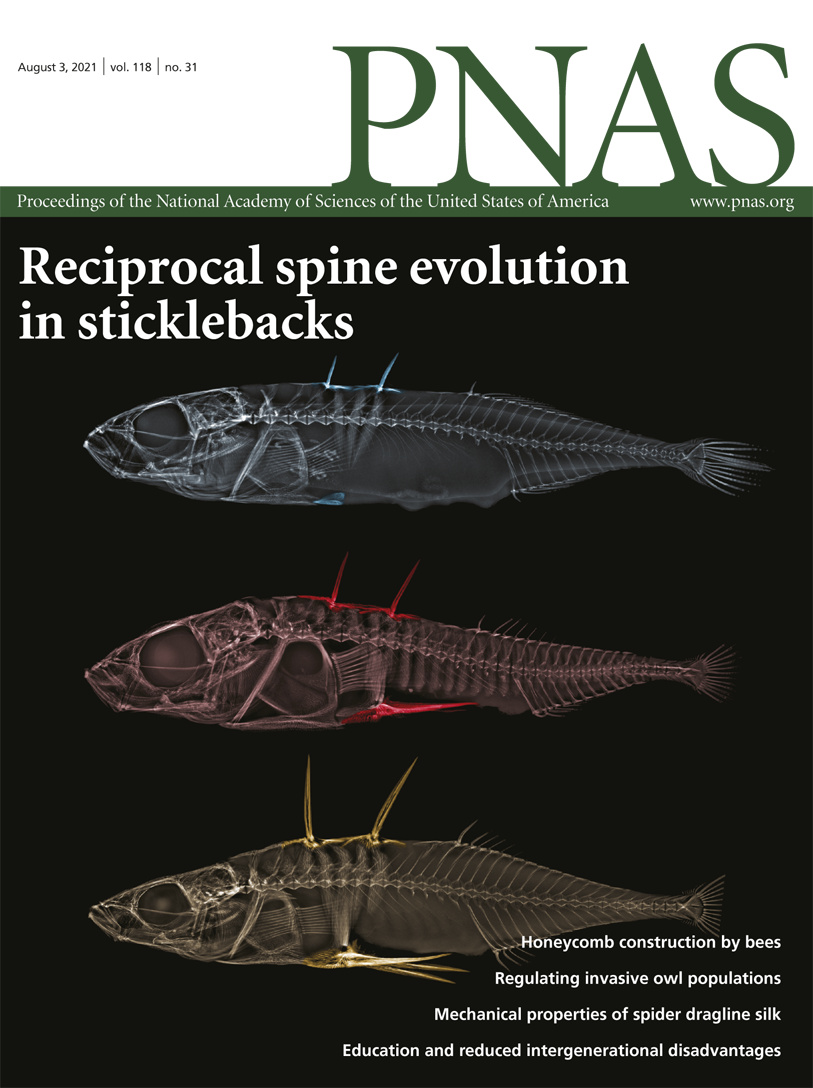
"From fish to finch - learning how to adapt to climate change" SCOPE - Stanford Medicine blog (July 2021).
PNAS Profile of Dr. Kingsley (Jan 2021).
Former postdoc Craig Lowe receives NIH 2020 Genomic Innovator Award! (Sep 2020).
Evolving calcium gene highlighted among top human genetic breakthroughs of 2018-2019.
ASHG Best of 2018-2019 Collection
and
ASHG Human History and Migration Collection
"Fragile DNA contributes to repeated evolution", Genome Biology (Feb 2019).
"Fragile DNA enables new adaptations to evolve quickly", Quanta Magazine (Feb 2019).
Phenomenal social media summary of our recent paper linking DNA fragility and evolution! James Lingford, #tweetapaper (Jan 2019).
"Strength in weakness: Fragile DNA regions key to vertebrate evolution", Stanford Medicine News (Jan 2019).
Read CEHG Fellows Feature on graduate student Janet Song (Jan 2019).
David Kingsley appointed to Munzer Professorship in the School of Medicine (Nov 2018).
"Inside AJHG: A Chat with David Kingsley", American Society of Human Genetics blog (Sep 2018).
"Hidden DNA sequences tied to schizophrenia, bipolar risk", Stanford Neuroscience (Aug 2018).
"Evolution of the human brain may have brought some psychiatric diseases", ResearchGate (Aug 2018).
Julia Wucherpfennig wins best student talk prize for her genomic and genetic work on dorsal spine patterning in sticklebacks (9th International Stickleback Conference in Japan, July 2018).
"Learning from a 19 year experiment", the story behind our recent paper with Tom Reimchen and David Marques on evolutionary transitions in Haida Gwaii sticklebacks (June 2018).
Watch a short video on genetic control of spine length in threespine sticklebacks (Dec 2017).
Read an interview with GSA Medal recipient David Kingsley (Dec 2017).
"The osteoarthritis and height GDF5 locus yields its secrets" Nature Genetics News and Views (July 2017).
Great video inspired by Marques (2017) paper: "How Fish Adapt to Darkness".
Dr. Kingsley receives Genetics Society of America Medal for outstanding research in genetics (March 2017).
"Patterning synovial joints in vertebrates" Cover story, PLoS Genetics (Nov 2016).
"What a tiny fish can tell us about how humans stood upright" Smithsonian Magazine (April 2016).
"Standing up for sticklebacks" Cell (January 14, 2016).
"Tweak in gene function allowed humans to walk upright" US News&WorldReport (Jan 7, 2016).
"Gene tweak led to humans' big toe" Science News (January 7, 2016).
"Interview with David Kingsley at CSHL Mendel 150th Anniversary Symposium" (June 2015).
"Reusing the same BMP gene for both embryonic patterning and adult fracture repair" (April 2015).
"Watch talks from the Stanford DevBio 25th Anniversary Celebration" (February 6, 2015).
"Counting fish teeth reveals regulatory DNA changes behind rapid evolution" eScienceNews (Sept 18, 2014).
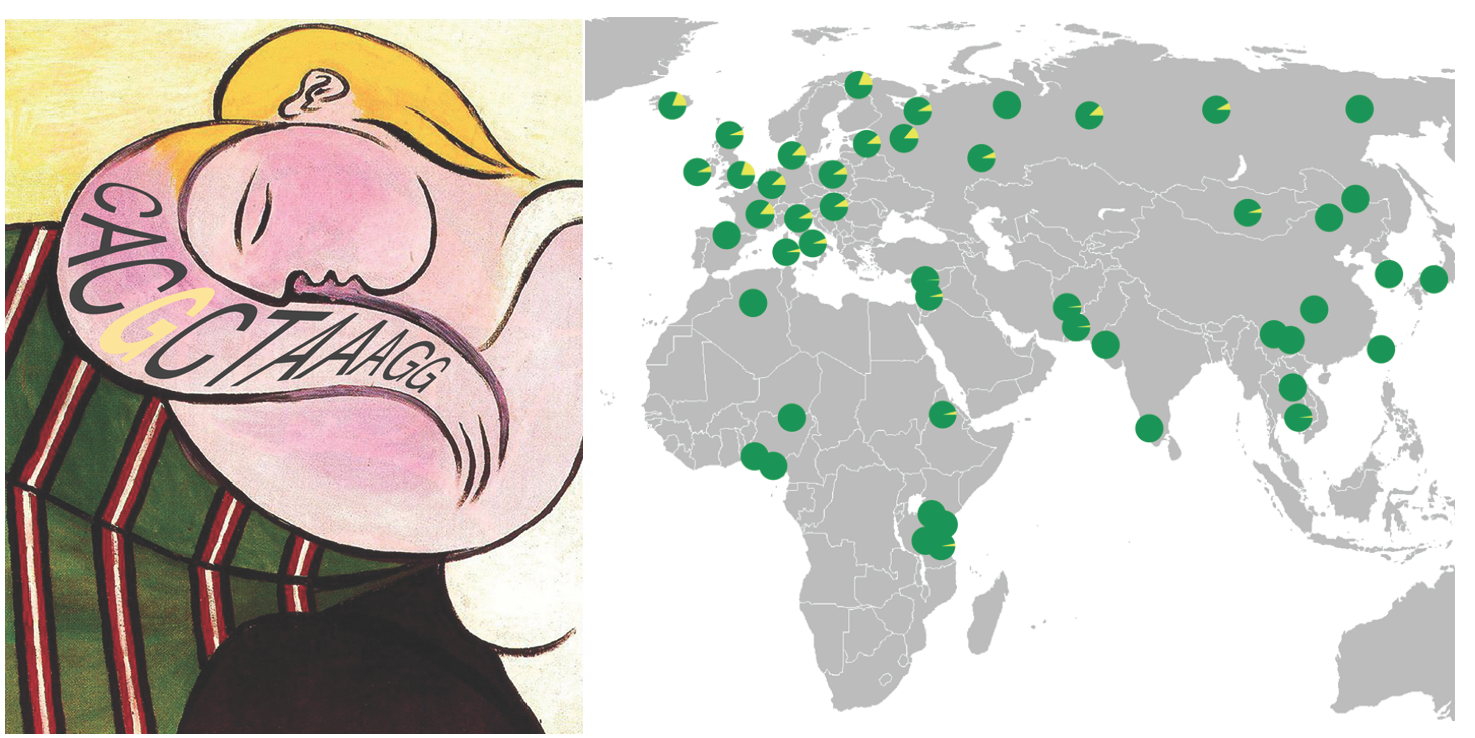
Watch a public lecture by Dr. Kingsley: "Molecular Basis of Evolutionary Change: Genomic Insights from Fish and Humans" NIH Human Genome Project 10 year Anniversary Symposium (April 25, 2013).
"Additional materials for teachers and students" HHMI Biointeractive Classroom 2013.
"Stickleback research is valuable for many species" SeacoastOnline (April 25, 2012).
"Parallel adaptation in fish: same genes used over and over"Jerry Coyne, Why Evolution is True (April 10, 2012)
"Praise for informative new stickleback genome browser." OpenHelix (April 8, 2012)
"Stickleback genome reveals detail of evolution's repeated experiment"Discover Magazine (April 5, 2012)
"Little fish yields big insights into evolution."Roxanne Palmer, International Business Times (April 4, 2012)
"Sticklebacks reveal path of evolution." Helen Shen, Nature News (April 4, 2012)
"Genomics: Stickleback is the catch of the day" Hopi Hoekstra, Nature News & Views (April 4, 2012)
"How evolution copies itself" Elizabeth Pennisi, Science (April 4, 2012)
"Tiny fish bares all: New insights on evolution from study of sticklebacks" Stanford Medicine News (April 4, 2012).
"Analysis of Stickleback Genome Sequence Catches Evolution in Action"HHMI News (April 4, 2012).
"Stickleback genome holds clues to adaptive evolution"Broad Institute News (April 4, 2012).
"Why we have plenty of fish in the sea"Hudson Alpha News (April 4, 2012).
"Panda's Thumb: Sticklebacks, manatees, and creationists (January, 2012).
"Junk DNA is essential in evolution: NPR All Things Considered broadcast featuring research of postdoc Craig Lowe"(August 19, 2011).
"David Kingsley elected to National Academy of Sciences"(May 3, 2011).
"Missing bits of DNA may define humans" Science News (April 9, 2011).
"Penile Spines" versus "Pearly Penile Papules" in Humans.
"Big brains and spineless penises: How DNA deletions may have produced uniquely human traits" The Scientist (March, 2011).
"Humans ditched DNA to evolve smooth penises and bigger brains" Nature News (March 2011).
"Control Altered by Deletion- is lost DNA behind our bigger brains and spineless penises?" Discover Magazine (March, 2011).
"How the human penis lost its spines" CNN Health (March, 2011).
"How men lost their penis spines" MSNBC (March, 2011).
"Sticklebacks Help Explain Human Evolution"
National Public Radio: All Things Considered (July 5, 2010).
Listen to Radio Broadcast:
http://public.npr.org/anon.npr-mp3/npr/atc/2010/07/20100705_atc_14.mp3?dl=1
"How small genetic changes can have large effects" Nature Journal Club (May 6, 2010).
"The genetic basis of adaptive evolution" Evolution, Development and Genomics (April 2, 2010).
"Evolution: Revenge of the hopeful monster" Nature (2010) 463:864-867.
"Beyond Darwin's wildest dreams" Genome Technology (February, 2010).
"Recurrent cis-regulatory evolution" Nature Genetics Research Highlights (February, 2010).
"What are best science papers of the last decade?" Discover Magazine (December, 2009/January, 2010).
"What Darwin Never Knew"
NOVA/PBS Documentary (Aired December 29th, 2009).
(Watch "Chapter 14: Genetic Switches" for lab's work on sticklebacks and hindlimb evolution)
"Of fish and flies: the evolutionary role of genes" NPR: All Things Considered (December 18, 2009).
"Spineless Fish and Dark Flies Prove Gene Regulation Crucial" Science (December 18, 2009).
"Sticklebacks hone defenses through small DNA deletions" HHMI News (December, 2009).
"Sticklebacks, regulatory evolution, and the Holy Grail of adaptation research" Science Meeting report (November, 2009).
"A creationist at the Chicago Darwin 2009 meeting" Pharyngula (November, 2009).
"Sex chromosomes linked to evolution of new species" Nature News (November, 2009).
Dr. Kingsley receives Conklin Medal in Developmental Biology Society for Developmental Biology (July, 2009).
"Pelvis has left the building" National Science Foundation News (June 4, 2009).
"Anatomy specific enhancers of BMP genes fine tune size and shape of individual bones" GGH (June, 2009).
"Bmp5 Enhancers as Regulatory Micromanagers" Nature Genetics Research Highlights (February, 2009).
"Darwin's Fishes" Seattle Times (February 15, 2009).
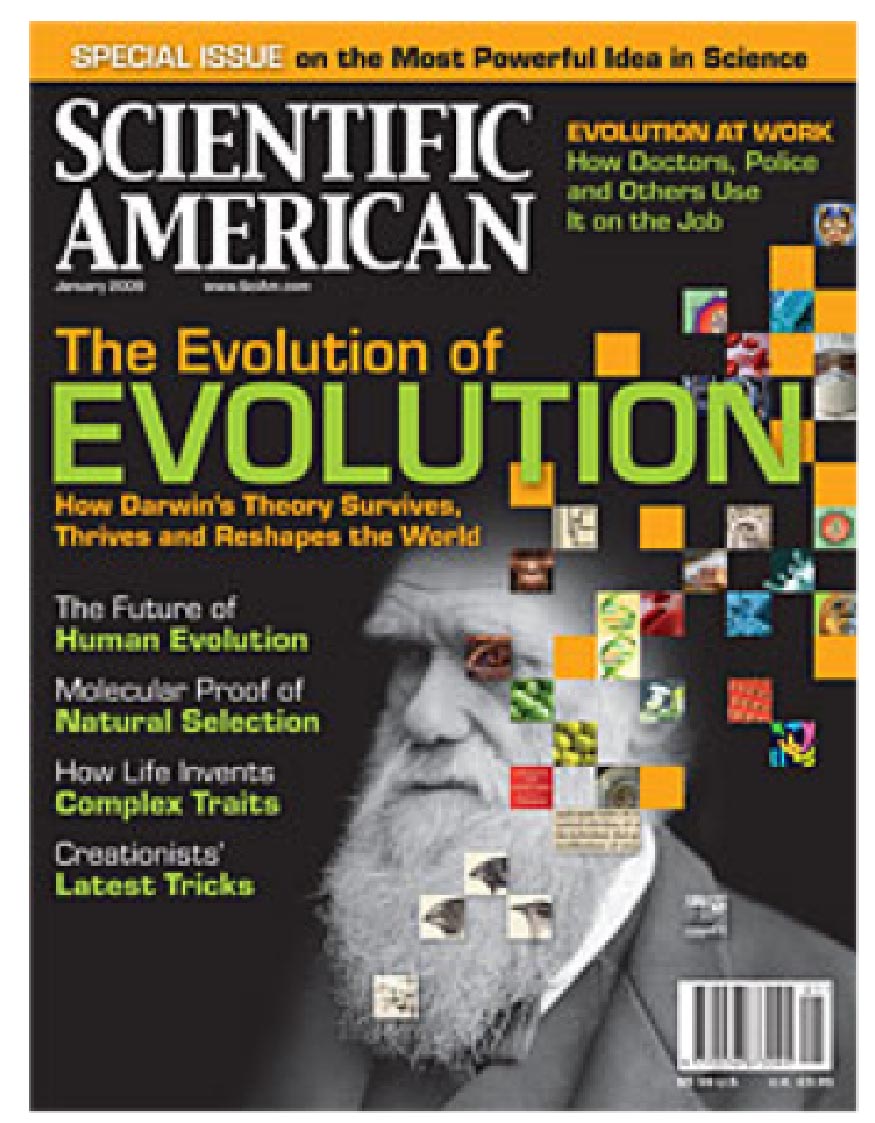
Special 150th anniversary issue on The Evolution of Evolution.
Other 2009 commemorative events for Charles Darwin's 200th birthday and the 150th anniversary of the Origin of Species (1859):
"Manatee Bones Lead to New Insight on Evolution" Science Daily (Aug. 31, 2006)
"Macroevolution: Alive and Well in Sticklebacks" Am. Biology Teacher (2006) 68:5-6
Emergence of sticklebacks as a new "supermodel" for evolutionary studies Science (2005) 307: 1890-191
"Evolutionary genetics - Stickleback's view of sex chromosome evolution" Heredity (2005) 94: 275-276
"Big cross" lands sticklebacks in the spotlight The Scientist (2004)
"Sex determination: Primitive Y chromosomes in fish" Curr Biol (2004) 18: R745-747
"Evolutionary biology: Lost and found" Nature (2004) 428: 703-704
"Reduce your pelvis in 10,000 years or less" Dev. Cell (2004) 6: 613-614
"Towards a spineless stickleback" Heredity (2004) 93: 239-240
"Morphological diversity: Taking the spine out of three-spine stickleback" Curr Biol (2004) 14: R422-R424
"Evolutionary biology - Changing a fish's bony armor in the wink of a gene" Science (2004) 304: 1736+
"BMP signaling maintains healthy joint cartilage" PLoS Biol (2004) 2: e395
"Of Joints and Genes" HHMI Bulletin (June 2003)
"A genetic attack on the defense complex" BioEssays (2002) 24: 487-489
"Evolution: sticklebacks finally get a map" Nature Genetics (2002) 3: 84
"The ank gene story" Arthritis Research (2001) 3: 77-79
"A gene for smooth running joints?" Science (2000) 289: 225-226
"Natural tartar control for joints?" Science (2000) 289: 213
Home Page